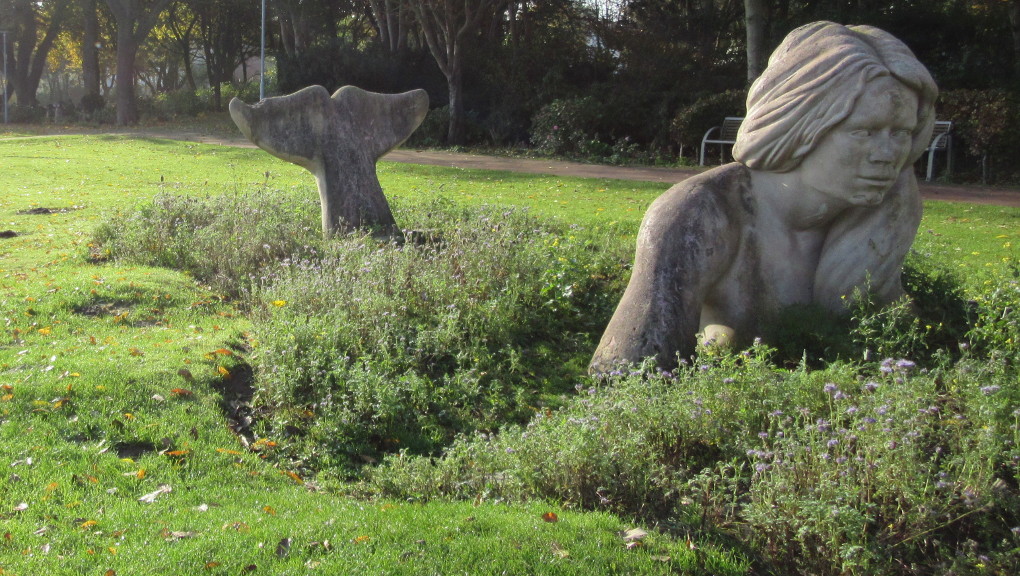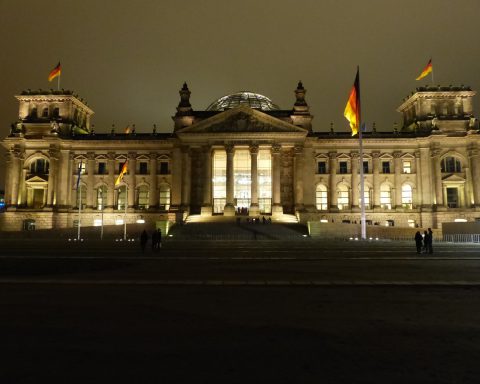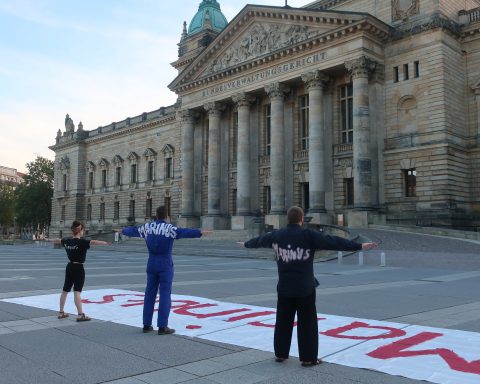Some of you are familiar with Día de Muertos (The day of the dead). For those who aren’t, listen and I’ll tell you a bit about this wonderful Mexican tradition that has inspired writers and film directors like Tim Burton and Guillermo del Toro.
The Day of the Dead is considered the biggest tradition in Mexican culture. It lasts from 31 October till 2 November.
The origins of this tradition come before the Spanish Conquistadores conquered Mexico. According to the pre-Hispanic vision, the act of dying was the beginning of a journey to Mictlan (the realm of the fleshless dead or underworld), also called Xiomoayan, a term that the Spaniards translate as “hell”.
Pre-Hispanic burials included two kinds of objects: those used by the dead when they were alive and those they would need in transit to the underworld.
The popular belief is that the souls of our loved ones such as family members come back from the underworld during the Day of the Dead. They are welcomed with altars (fundamental element in the celebration) where offered as a gift are toys for the children, photographs of the deceased, sweet calaveritas (decorated candy skulls) and colorful marigolds of Cempasúchil (Tagetes plant, known as Chinese Carnation or Marigold in India).

31 October is dedicated to the children who died without being baptised. 1 November, or All Saints Day, is the celebration of all those who led an exemplary life. On 2 Nov is the Día de Muertos, the highest festival of its kind in our country.
It is a celebration that begins at dawn with the ringing of church bells and the practice of certain rites, such as garnishing tombs and making altars on the graves. These customs have great meaning for families as it is thought to help lead the souls along the right track after death.
So today, let’s celebrate our departed loved ones in the Mexican way.
By Coral Castillo Mar








